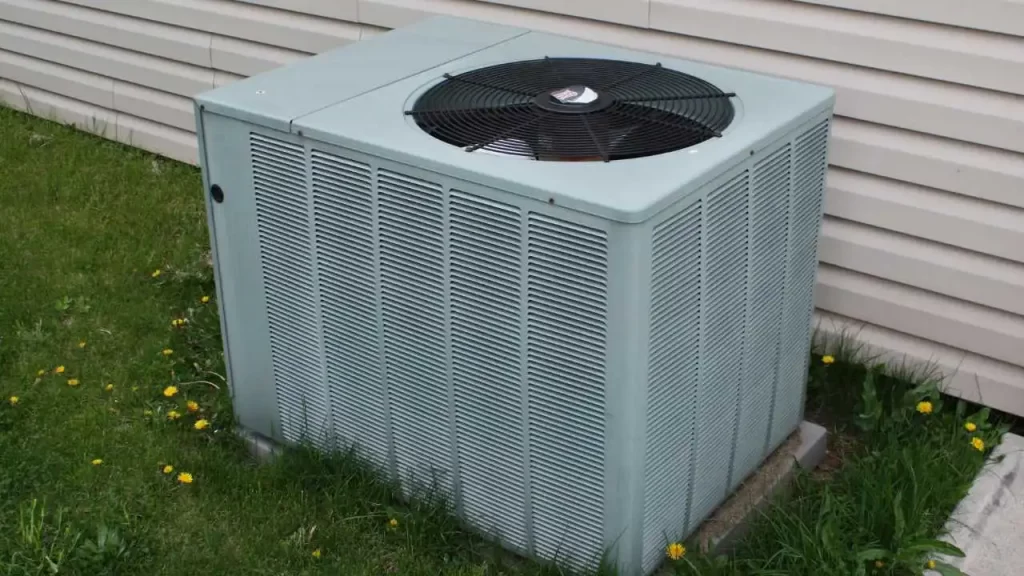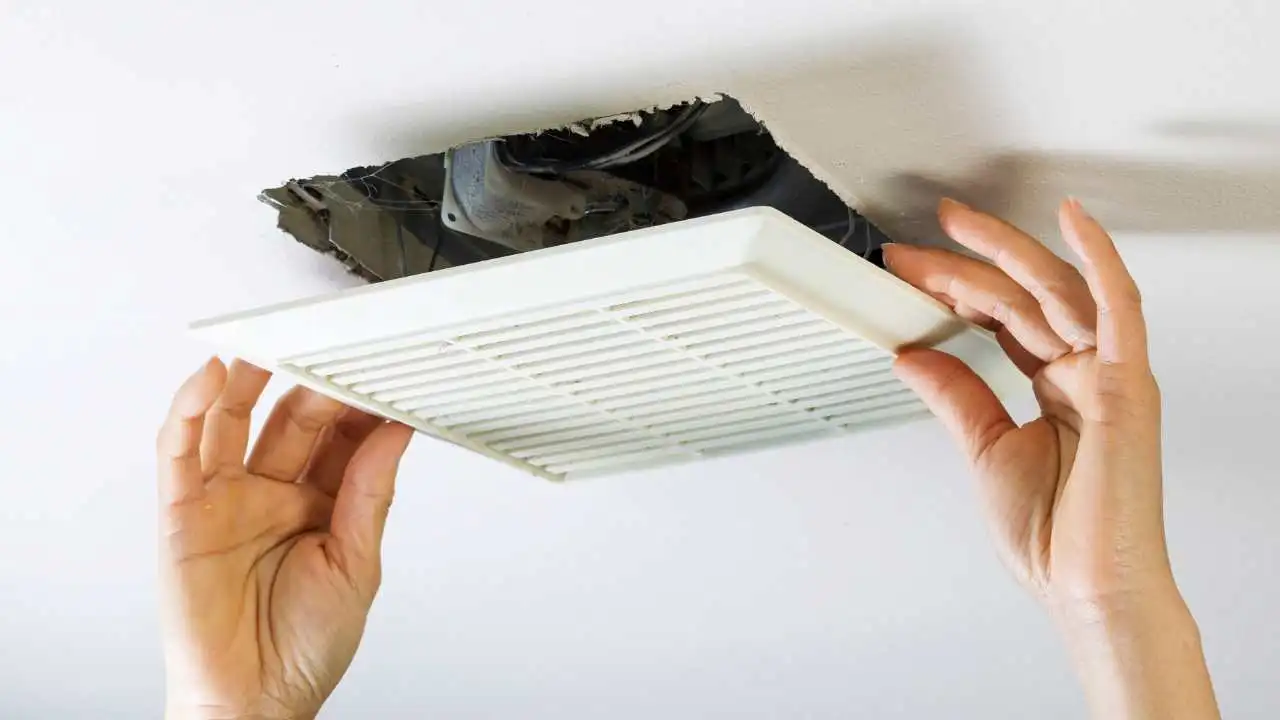How to Troubleshoot Your Central Air Conditioner

Summer heat can be brutal, making your air conditioner a lifeline for comfort. But when your AC malfunctions, the situation can turn frustrating quickly. Before you panic and reach for the phone to call an HVAC repair technician, there are several troubleshooting steps you can take yourself. These steps might save you a substantial service call fee and get your home cool again in no time.
Safety First
Always remember that electricity and refrigerants can be dangerous. Before you begin any troubleshooting:
- Turn off the power: Locate your home’s electrical panel (breaker box) and flip the breaker switches controlling your AC system to the “OFF” position. There are typically two breakers – one for the indoor unit (air handler) and one for the outdoor unit (condenser).
- Wear safety gear: Use gloves and safety glasses to protect yourself from sharp edges and debris.
Basic Troubleshooting Steps
Let’s start with the most common problems and simple fixes:
1. Thermostat Check:
- Is it on? Check if the thermostat is set to “Cool” mode and the temperature is set below the current room temperature.
- Are the batteries fresh? If the thermostat is battery-operated, replace them with new ones.
- Is it clean and level? A dirty or misaligned thermostat can cause malfunctions.
2. Circuit Breakers:
- Check the breaker box. Ensure the breakers dedicated to your AC unit are in the “ON” position. A tripped breaker will cut power to the AC. Reset any tripped breakers.
- Test for recurrent tripping: If the breaker trips again immediately, there might be a more serious electrical issue and you should call a technician.
3. Air Filters:
- Are they dirty? Clogged air filters are a leading cause of AC problems. A dirty filter restricts airflow, making your system work harder, reducing cooling, and potentially causing damage.
- Change them regularly. Replace air filters at least every 3 months, or more often in dusty environments or if you have pets.
4. Condenser Check:
- Is it clear of debris? Your outdoor condenser unit needs airflow to function. Clear away leaves, grass clippings, or anything obstructing the unit.
- Be gentle with cleaning: Carefully hose down any buildup of dirt on the condenser fins, but avoid high pressure, which can damage them.
5. Air Vents and Registers:
- Are they open and unblocked? Ensure all vents and registers in your home are open and unobstructed by furniture, curtains, or rugs. Blocked airflow can make your AC work inefficiently.
Troubleshooting Specific Problems
Now, let’s address some common AC issues:
AC Not Turning On:
Double-check that the power is on at the breaker box and there’s power at the thermostat.
If your outdoor unit hums but doesn’t start, the capacitor may be faulty. Replacing a capacitor requires electrical knowledge – call a professional in this case.
AC Not Cooling Sufficiently:
Aside from dirty filters and blocked airflow, check for ice buildup on the indoor evaporator coil. If it’s frozen, turn off the AC, leave the fan running to melt the ice, and investigate possible causes like low refrigerant.
Low refrigerant levels usually indicate a leak, and professional repair is needed.
AC Runs Constantly:
This means your AC isn’t reaching your desired temperature. It can be due to dirty filters, undersized AC for your home, leaks in air ducts, or other issues.
Water Leaks:
A clogged condensate drain line can lead to water pooling around your indoor unit. Clear the drain line with a wet/dry vacuum or call a technician if the clog is severe.
When DIY Isn't Enough: Know When to Call a Professional
Some problems are beyond basic troubleshooting and require the expertise of a certified HVAC technician:
- Refrigerant Issues: Handling refrigerants is dangerous and requires specialized equipment and licensing.
- Electrical Problems: Don’t attempt electrical repairs yourself unless you have extensive experience.
- Major Component Failures: Issues with the compressor, blower motor, or other critical parts necessitate professional repair.
- Noisy AC: Unusual knocking, grinding, or squealing noises often signal a deeper mechanical problem.
Conclusion
Troubleshooting your central air conditioner can be a straightforward process. By following these basic steps and addressing common issues, you may be able to restore your AC’s functionality without the need for a costly technician visit. However, it’s important to know your limits. If you run into issues beyond your expertise or comfort zone, don’t hesitate to call in a qualified HVAC professional for diagnosis and repair.
Frequently Asked Questions
It's recommended to have your AC serviced annually by a technician. This helps prevent breakdowns and ensures optimal efficiency.
Aside from obvious malfunctions, watch for reduced airflow, strange smells, increased energy bills, or frequent AC cycling (turning on and off rapidly).
Yes, you can. However, use caution and follow these guidelines: turn off power to the unit, gently spray the coils with water, avoid using high-pressure, and never use harsh chemicals.
Some hums and whooshing sounds are normal. However, loud banging, rattling, or squealing noises often signal a problem and warrant investigation.


How to Inspect Your AC Drain Pan and Condensate Drain Line: A DIY Guide
Your air conditioning unit works hard to keep your home cool and comfortable, especially during…

Why Same-Day AC Repair is Crucial in Las Vegas
When the relentless Las Vegas heat strikes, a broken air conditioner isn't just an inconvenience…



 ICONIER Digital Agency
ICONIER Digital Agency